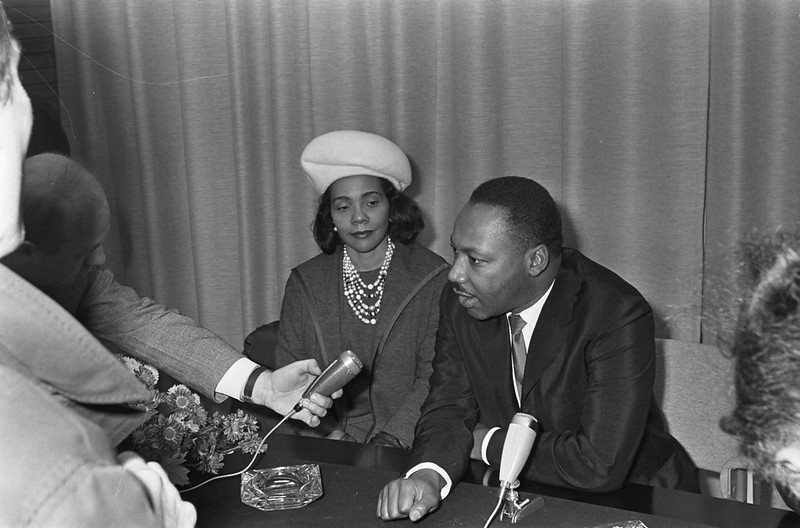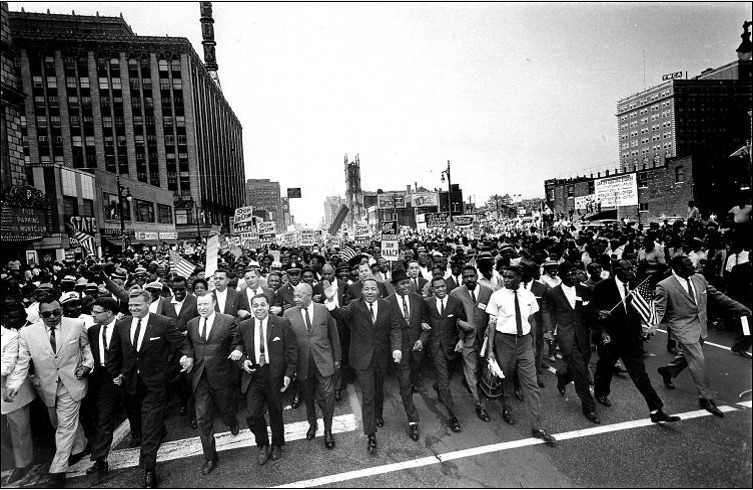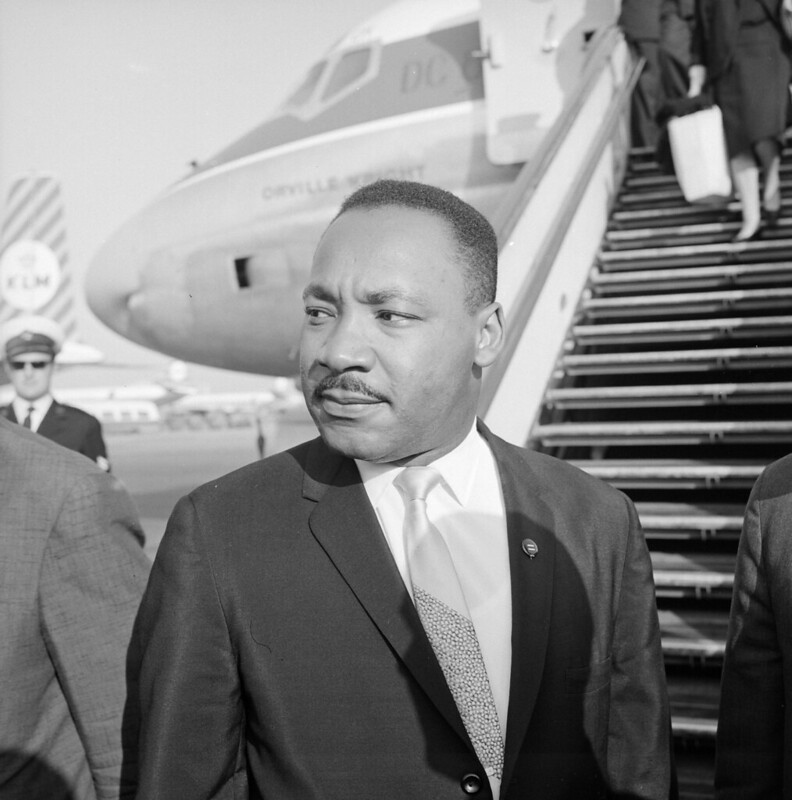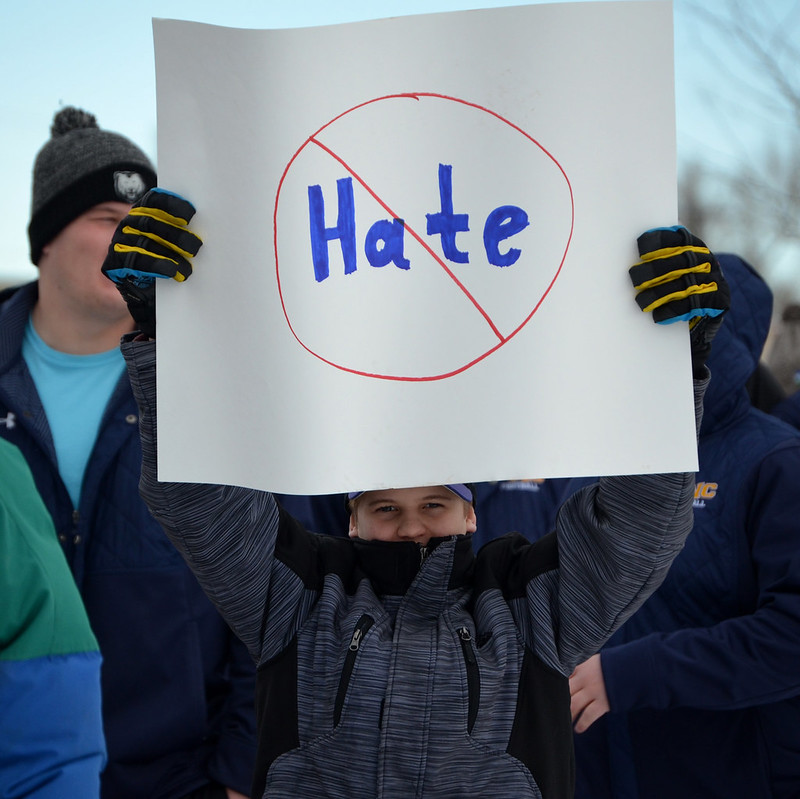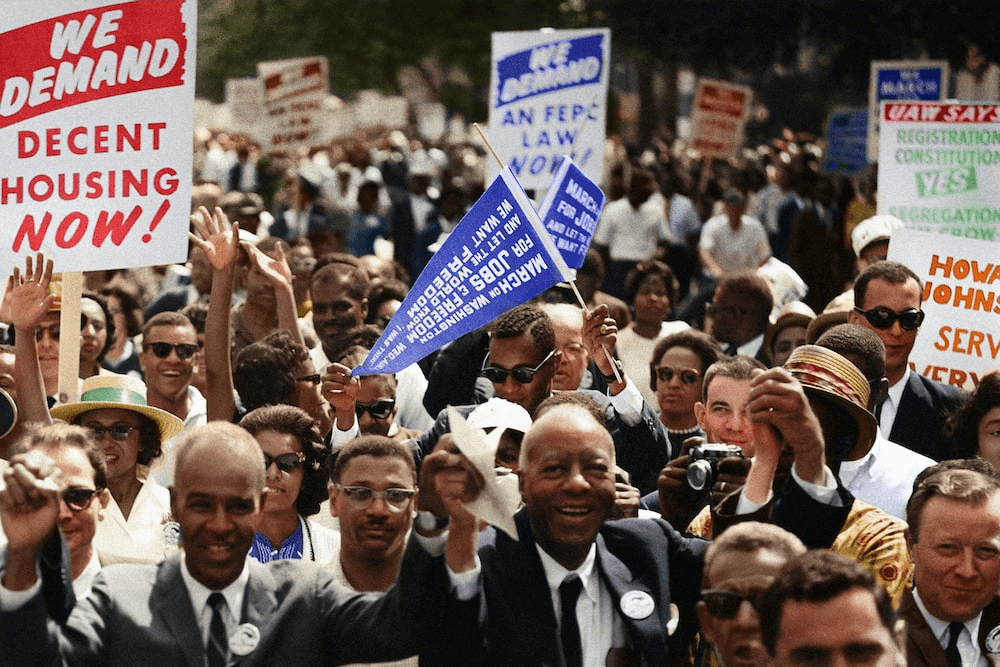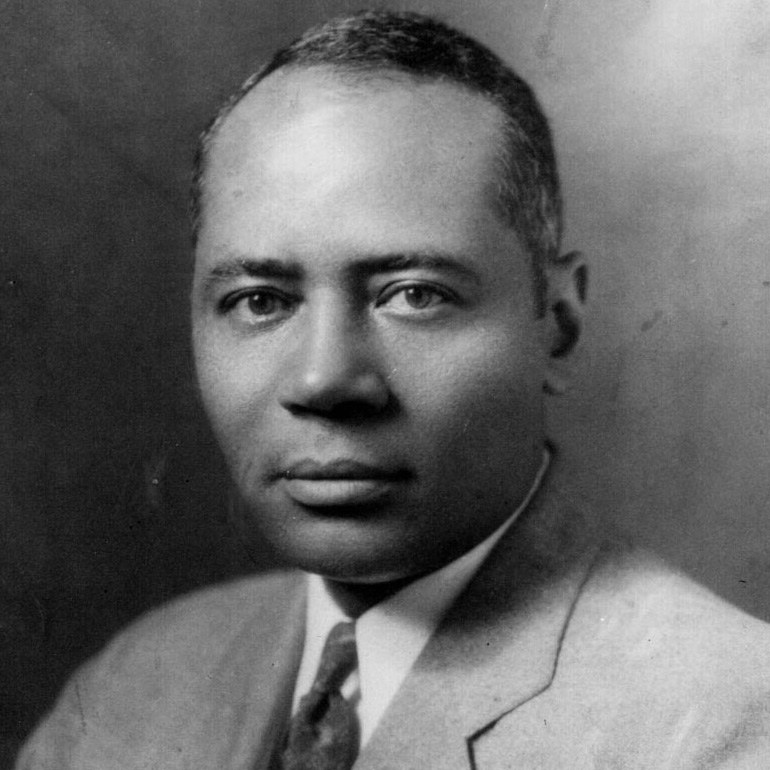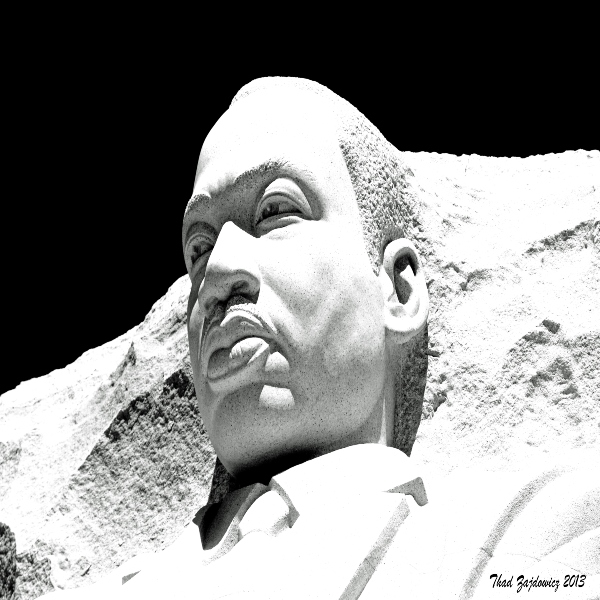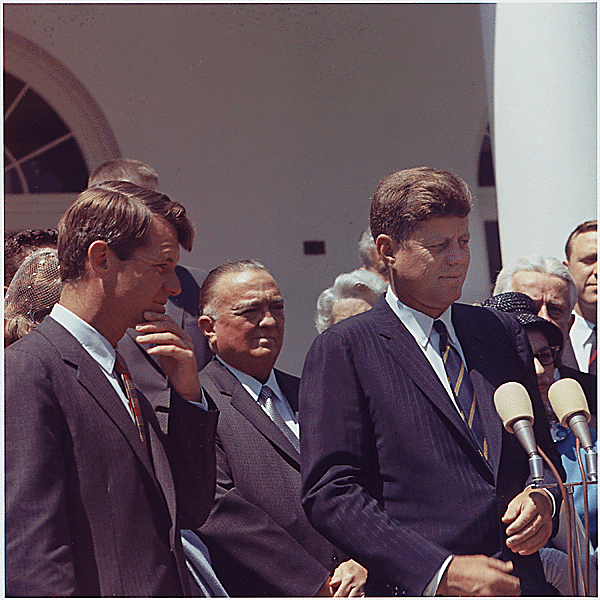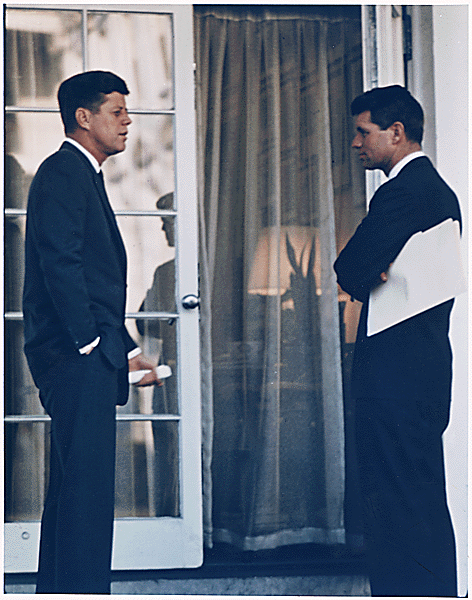- Jake Fernandez
- Blogs
- Hits: 246
James DiEugenio's Three Most Highly Recommended MLK TV Documentaries
The year 2018 marked 50 years since Martin Luther King was assassinated. This landmark year saw an influx of multimedia, most debatable and some commendable, related to the MLK assassination.
James DiEugenio reviewed and recommended three MLK TV documentaries, describing them as the best documentaries in recent years.
Hope and Fury
NBC's Hope and Furycelebrates the legacy of Martin Luther King, showing how the civil rights leader was way ahead of his time, using print and television media to highlight racial discrimination.
The TV documentary shares never-before-seen videos and photographs revisiting the civil rights movement from fresh perspectives and interviews by civil rights leaders, reporters, and their contemporaries.
This documentary is a comparative analysis of sorts. It draws parallels between the civil rights movement facts then and today's Black Lives Matter movement, the racially-motivated murders of those times to the world we live in today, and likens traditional media to social media as a mass communication tool.
I am MLK Jr.
I am MLK Jr. is different from all the other MLK TV documentaries because it is less a biographical documentary and more an eye-opener for our modern generation. It tells them that the problems that plagued their country 50—now 55—years ago haven't gone anywhere. The documentary also reveals never-before-heard recordings and interviews by civil rights activists, politicians, writers, and King's comrades.
The message of this documentary, as described in this review, is that celebrating King's life is easy, but addressing the problems he faced requires a lot of work more than half a century after the fact.
King in the Wilderness
DiEugenio declares HBO's King in the Wilderness his favorite of the three MLK TV documentaries. It documents the last four years of King's life, from the Voting Rights Act in 1965 to his untimely demise in 1968; that is one of the aspects that DiEugenio believes makes this documentary different from all the rest.
Instead of condensing the 39 years of King's life, the documentary starts near the end of King's life and ends with his funeral. Unlike the other two TV documentaries, it doesn't feature interviews and opinions of so-called experts on the life and death of Martin Luther King.
On the contrary, the documentary features interviews by those who King considered nearest and dearest: his friends, colleagues, and comrades, including attorney Clarence Jones, Andrew Young, a colleague, Harry Belafonte, an actor and singer who King considered a friend, and many other public and not-so-public figures who knew King better than any other "expert" who never even came within two feet of the civil rights leader.
Keep reading the review to know the finer points of King in the Wilderness, but don't stop there. Browse Kennedys and King's articles, to tell the truth from the mistruths and lies concerning the political assassinations of the 1960s. Know which MLK TV documentaries to avoid and which ones to watch by following this tag.
Please support our cause to bring those responsible for the Martin Luther King assassination to justice.


